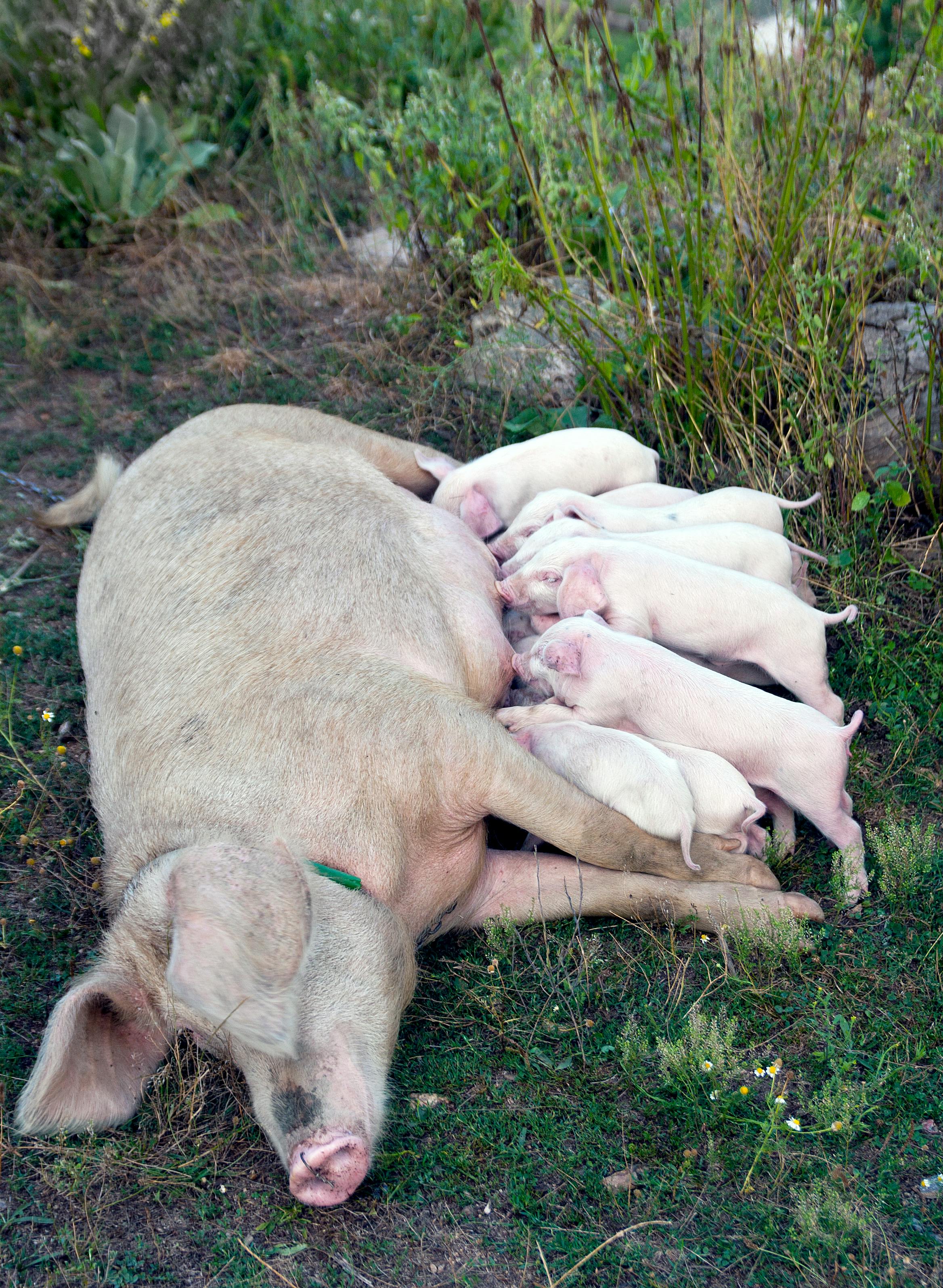Best 5 Hamster Bedding Options for a Comfortable and Safe Habitat in 2025
Choosing the right bedding for your hamster is critical to ensuring a comfortable, safe, and healthy living environment. With various options available, understanding which bedding is best for your furry friend can enhance their overall well-being and happiness. In this article, we will explore the five best hamster bedding options available in 2025, focusing on factors like absorbency, safety, comfort, and eco-friendliness.
This guide will not only help you select the best bedding options for your hamsters but will also provide insights into what makes these materials suitable and beneficial for their habitat. Additionally, you will learn tips on maintaining and cleaning hamster bedding, improving your pet’s comfort, and keeping their living environment fresh. Let’s dive into the best hamster bedding available this year!
Essential Guide to Hamster Bedding Types
Understanding the different hamster bedding types available will help you make an informed decision. Each type has unique properties that can affect your hamster's health and comfort. Here are the most popular types:
Natural Bedding Materials
Natural bedding materials include products made from plant fibers, such as aspen shavings and straw. These options are biodegradable and often favored for their eco-friendliness. They provide excellent absorbency and help control odors naturally. However, it is essential to ensure they are free from harmful oils that may irritate your hamster's respiratory system.
Paper Bedding Options
Paper bedding for hamsters, typically made from recycled paper, is another popular choice. It is dust-free, soft, and highly absorbent, making it an excellent option for hamsters with sensitive lungs or allergies. Moreover, paper bedding is often inexpensive and readily available online or at pet shops.
Coconut Fiber Bedding
Coconut fiber, or coir, is becoming increasingly popular due to its sustainability and effectiveness. This bedding option is excellent at moisture absorption and odor control while providing a natural, soft texture for your pet. It is ideal for creating cozy nests for your hamster, enhancing their habitat comfort.
Fluffy Bedding Options
Fluffy bedding, often marketed as 'cotton bedding,' is popular among hamster owners for its softness and coziness. However, while it provides a nurturing environment, it can pose a risk of ingestion or entanglement. Ensure that fluffy bedding is safe and free of toxic materials before using it in your hamster's cage.
Wood Shavings and Chips
Wood shavings are a classic choice for hamster bedding, particularly aspen or kiln-dried pine. They provide warmth and comfort but must be chosen carefully to avoid harmful oils present in some types of wood. When using wood shavings, look for options that are specially treated to be dust-free and suitable for small animals.
With the fundamental knowledge of hamster bedding types covered, let’s explore how to choose the best bedding for your pet's specific needs.
How to Choose Hamster Bedding for Optimal Comfort
Picking the right bedding for your hamster isn’t just about aesthetics; it’s about ensuring the health and safety of your pet. Here are some critical factors to consider:
Assessing Bedding Thickness
The bedding thickness for hamsters is crucial for their comfort. A too-thin layer can lead to unpleasant odors and exposure to cage materials, while too thick bedding may lead to difficulty in burrowing or nesting. A thickness of about 2-4 inches is generally recommended for optimal comfort and activity.
Evaluating Absorbency and Odor Control
Choosing absorbent bedding is essential in managing moisture and odor in your hamster's habitat. The most effective bedding options absorb liquid waste efficiently, reducing the frequency of cage cleanings. Look for bedding that specifically states on the packaging its odor control capabilities.
Understanding Your Hamster’s Habits
Different hamster species, like Syrian or dwarf hamsters, may have varying preferences in bedding. For instance, Syrian hamsters may require thicker bedding for nesting, while dwarf hamsters often appreciate finer materials for burrowing. Identifying their behaviors will help you select the most suitable bedding types.
Prioritizing Health and Safety
When selecting bedding, it’s crucial to consider the health and safety of your hamster. Look for bedding that is dust-free and avoids harmful chemicals or additives. Always choose materials labeled as safe for small animals to prevent any health risks associated with respiratory issues or allergies.
Budget-Friendly and Eco-Friendly Options
Consider both affordable hamster bedding options and eco-friendly alternatives when making your selection. Look for products made from sustainable materials that do not compromise on quality. Many reputable brands offer budget-friendly options that maintain safety and comfort.
With an understanding of how to choose suitable bedding for your hamster, let's look into specific recommendations for the best hamster bedding available today.
Top 5 Best Hamster Bedding Options for 2025
Here are the top five recommended bedding types for hamsters, based on safety, comfort, and performance. Each offers unique benefits for creating a cozy and hygienic habitat.
1. Kaytee Clean & Cozy White Small Animal Bedding
This bedding is highly absorbent and made from 100% recycled paper fibers. It is virtually dust-free and provides a soft, comfortable habitat for your hamster. The bedding is also available in large quantities, making it an ideal choice for overall cost-effectiveness.
2. Oxbow Eco-Straw Bedding
Oxbow's natural straw bedding is biodegradable, making it an excellent eco-friendly bedding choice. This bedding offers good moisture absorption and odor control while providing a cozy nesting material for hamsters. Its natural qualities ensure a comfortable environment for your pet.
3. Carefresh Natural Paper Bedding
Carefresh bedding boasts superior absorbency and odor control, making it a favorite among hamster owners. This product is made from natural paper fibers, ensuring a safe, dust-free habitat. It is soft and fluffy, ideal for nesting and promoting comfort.
4. Small Pet Select Natural Wood Shavings
These wood shavings are made from kiln-dried pine, ensuring a low dust, safe option for hamsters. They provide warmth and comfort and are a more traditional choice for many pet owners. Be sure to check for suitable safety labels on packaging.
5. Eco-Bedding Coconut Fiber
For an eco-friendly option, coconut fiber bedding offers great moisture retention and odor control. It's biodegradable and perfect for nesting while supporting an eco-conscious lifestyle. This bedding option is particularly appreciated for its sustainability and comfort.
These options can help maintain a healthy living environment for your hamster, but be sure to monitor their bedding needs closely as changes may be required over time.
Keeping Your Hamster’s Bedding Clean and Comfortable
Now that you have selected suitable bedding, maintaining cleanliness is vital to ensure your hamster's health and happiness. Here are practical tips for effective bedding care:
Frequency of Bedding Changes
One of the fundamental aspects of hamster bedding care is knowing how often to change hamster bedding. Typically, it's advisable to change it at least once a week, but if your hamster is particularly active or tends to soil their bedding quickly, more frequent changes may be necessary. Regular cleaning helps prevent bacteria growth and unpleasant odors.
Cleaning Methods for Hamster Bedding
When cleaning the bedding, ensure to remove all soiled materials and replace them with fresh bedding. Using a dustpan and small shovel can make this process easier. Spot cleaning can also help maintain freshness while minimizing waste.
Tips for Reducing Odors
To control odors effectively, place a small amount of baking soda under your hamster’s bedding. Additionally, proper ventilation in the cage can help eliminate unpleasant smells. Remember, handling excess waste promptly will help keep odors at bay.
Recognizing Signs of Unclean Bedding
Regularly monitor your hamster’s behavior and living conditions. If you notice increased lethargy, a decline in appetite, or an unusual smell, it could indicate the need for a thorough clean. Timely cleaning is essential for their overall health.
Adding Nesting Materials
Enhance your hamster’s comfort further by providing additional nesting materials. Items like shredded paper or grass hay can create a warm, inviting space for your pet. These materials give your furry friends a chance to burrow and maintain their nesting instincts.
With a focus on cleanliness and maintenance, you can ensure your hamster will thrive and remain comfortable. Lastly, let’s address some common questions regarding hamsters and their bedding.
Common Questions About Hamster Bedding
What is the best bedding for hamsters with allergies?
For hamsters with allergies, look for low dust hamster bedding like paper-based bedding. This type is less likely to cause respiratory issues and offers a soft texture, keeping your pet comfortable.
How much bedding do I need for my hamster cage?
Generally, a minimum of 2-4 inches of bedding is recommended for optimal comfort and burrowing opportunities. However, depending on the specific species of your hamster, adjusting the thickness may be required.
Can I mix different types of bedding?
Yes, mixing bedding types can provide various benefits such as absorbency, softness, and nesting opportunities. Just ensure all materials chosen are safe and comfortable for your hamster.
How often should I clean my hamster’s bedding?
It’s best to do a deep clean of the bedding at least once a week. Spot cleaning can be performed more frequently to maintain a fresh environment.
What bedding should I avoid for my hamster?
Avoid bedding made from cedar or untreated wood, as they contain harmful oils that can irritate your hamster's respiratory system and overall health.
Conclusion: Fostering Your Hamster's Health with Quality Bedding
Choosing the best hamster bedding is essential for fostering a healthy, comfortable, and engaging living environment. Take into consideration your hamster type, bedding attributes, and maintenance needs when making your decision. By investing in quality bedding that meets your pet's needs and ensuring regular cleaning, you can enhance your hamster’s comfort and longevity.
For further resources on bedding options and care, explore additional articles here. Together, we can create the perfect habitat for your beloved furry friends!


